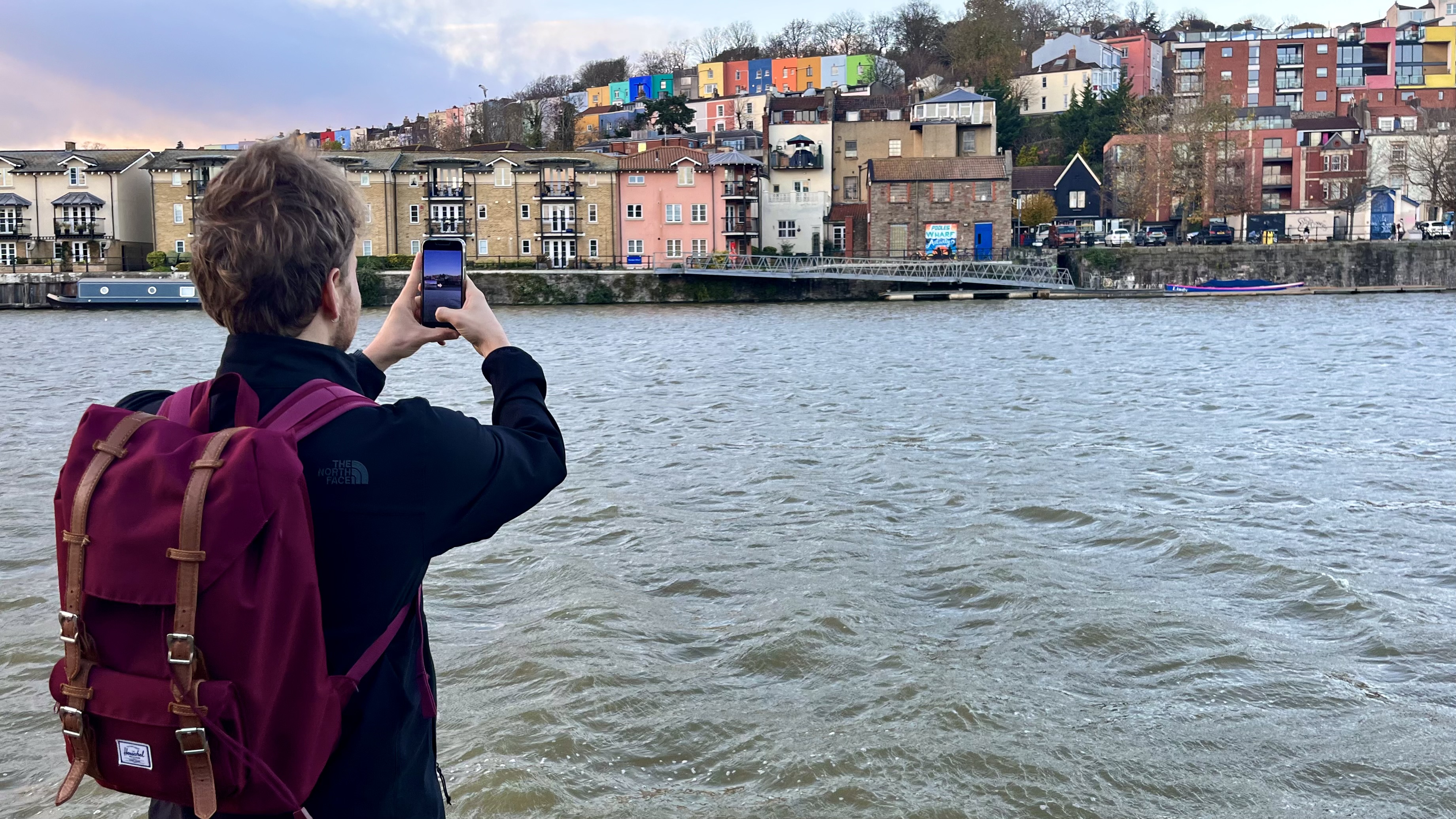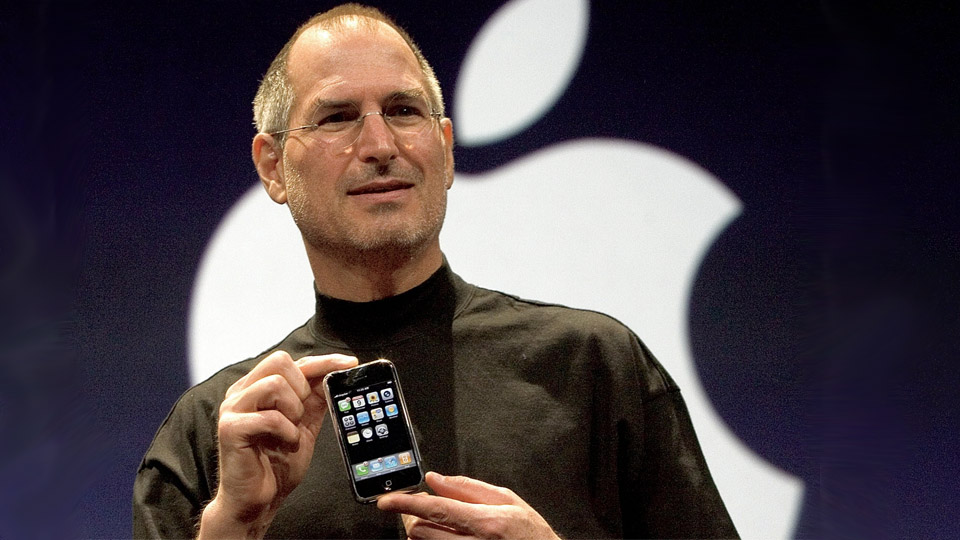

Take better photos with the camera in your pocket. iMore's iPhone Photography Week 2024 is filled with great content that will take your iPhone camera-snapping ability to the next level.
- Check out more iPhone Photography Week 2024
#iMorePhotographyWeek
“The best camera is the one that’s with you,” has to be the most overused and misquoted passage of text in the photography industry. But while I’ve been guilty of shoehorning Chase Jarvis’ modern proverb into articles left, right, and center, I can hardly think of a more suitable moment than this.
You see, it perfectly encapsulates why I have loved taking photos on every iPhone I’ve ever owned. I’m an avid Nikon photographer, and my favorite camera of all time is the Nikon D800. But as rock solid and powerful as this aging but still pro-grade DSLR is, it weighs roughly 1 kg, and that’s with only a small, 50mm lens attached… Historically, it’s been the camera I reach for when I’m working or capturing ‘serious’ photos. But it’s not the camera that sits by my bedside, accompanies me on public transport, social gatherings, and leisurely events. That would be my iPhone 13.
It’s my everyday photography companion. It’s the camera I use when I’m taking photos for fun. It’s the camera I experiment with – and since I’m not carrying around a bag full of additional kit with endless creative possibilities – it’s the camera that very often forces me to go back to basics. And I’ve become a better photographer because of it.
Even pros love iPhone photography

But before I explain how it’s made me a better photographer, I’d like to return to photographer, author, and entrepreneur Chase Jarvis. The Best Camera Is The One That’s With You is actually the title of one of his books. And if its sentiment couldn’t fit into my neat little narrative any better, the camera he’s talking about is in fact, his iPhone.
You see, Chase was a photography social media pioneer, and the book was part of a multifaceted project that was centered around the launch of his Best Camera app in 2009. In his own words, the app: “beat Instagram to the market by a year, beat Instagram to 1,000,000 downloads,” and if Instagram’s sale to Facebook in 2012 is anything to go by, he had arguably settled upon a billion-dollar idea.
He explains why Best Camera failed to reach its potential on his blog, but I still think of Chase as a bit of a visionary. After all, he was one of, quite possibly, the first professional photographer to really capitalize on the iPhone’s magnetism as the camera that never leaves your side.
A revolutionary smartphone, and a camera that was technically lacking…

When Steve Jobs delivered his iconic keynote speech that introduced the world to the iPhone, he initially told the audience at Macworld 2007 that Apple was launching a trio of products: “an iPod – a phone – and an internet communicator.” The twist, of course, was that the iPhone was all three rolled into one. So why didn’t Steve add a fourth product? After all, the original iPhone launched with a 2-MP camera and in the years that followed, incremental camera updates from Apple and other smartphone brands in general brought the compact-camera market to its knees.
Well, the camera on the original iPhone wasn’t anything special, it couldn’t even autofocus. In fact, the slightly older Nokia N95’s camera beat the iPhone’s outright, with its 5-MP sensor, built-in flash, and ability to record video. It wasn't the only smartphone around at the time with better-specced cameras, such as the LG Viewty, Samsung Ultra Smart F700, and, well, you get the picture. You could argue that Apple didn’t release a competitive camera phone until it launched the iPhone 4 in 2010.
And yet, early iPhones were still adopted by burgeoning smartphone photographers like Chase Jarvis. The secret, then, wasn’t the camera but the phone itself. It debuted Apple’s revolutionary Multi-Touch functionality, which made everything – including the camera – a joy to use; its 3.5-inch TFT screen was bigger and better looking than its competitors, so captured images not only looked great but framing them in live view was fantastic, too. Then you had the iPhone’s advanced Internet capabilities and iOS 1, which made sharing photos a cinch and opened the door to various photo-centric apps, like Best Camera.
Why my iPhone camera has made me a better photographer

Today, the best iPhones boast market-leading camera tech, but for me – just like in 2007 – it’s the iPhone camera that makes the iPhone. And that’s precisely why it has made me a better photographer. I used to be faced with an agonizing choice, every time I left the house: Do I take the camera with me or not? Now, it isn’t even a question. Just like Chase identified all those years ago, it’s the camera that’s always with me.
It’s my web browser, train ticket, debit card, gym membership, GPS and television. And because of this, it’s made me take more photos than ever before. I’d go as far as saying it’s rekindled my passion for photography as a hobby. Heck, it even encourages me to pick up my Nikon camera more, because I use my iPhone to scout potential locations and try out concepts, only to return with my Nikon and a bag full of lenses at a later date.
The simplicity of the iPhone camera is hugely appealing, too. I spend an awful lot of time editing images on my Macbook Pro, but my iPhone allows me to shoot an image and edit it in seconds. I don’t have to carry around lenses and accessories unless I want to. It’s just me and my iPhone, and if that’s not good enough, I either don’t take the shot or I use my creativity to make it work. It’s liberating, and it’s great practice.
"Heck, I even rely on my iPhone indirectly during professional shoots..."
I’m spending less time faffing and more time shooting, and I’ve noticed a difference in the way I work. My iPhone has improved my compositions, as I’m forced to work with the few lenses I’ve got. It’s allowed me to shoot more genres, such as street photography, on my lunch break. And it’s allowed me to be less critical of my work. If it doesn’t work out, it’s no big deal, hardly any time has been lost and I can move on. It’s also encouraged me to shoot and edit more videos, something I used to shy away from.
I even rely on my iPhone indirectly during professional shoots, thanks to the App Store’s wealth of photography-centric apps. PhotoPills helps me plan shoots, Long Exposure Calculator helps me calculate exposures when I’m using filters, and Clear Outside allows me to keep tabs on the weather during landscape shoots. This alone has revolutionized my workflow and allowed me to focus more on what matters: photography.
I’m as excited as the next person when Apple debuts its new range of iPhones and their iPhone camera advancements. But that’s not the whole story. My iPhone allows me to be a photographer 24/7. And when I’m not working with my Nikon, it’s the best camera for the job.







